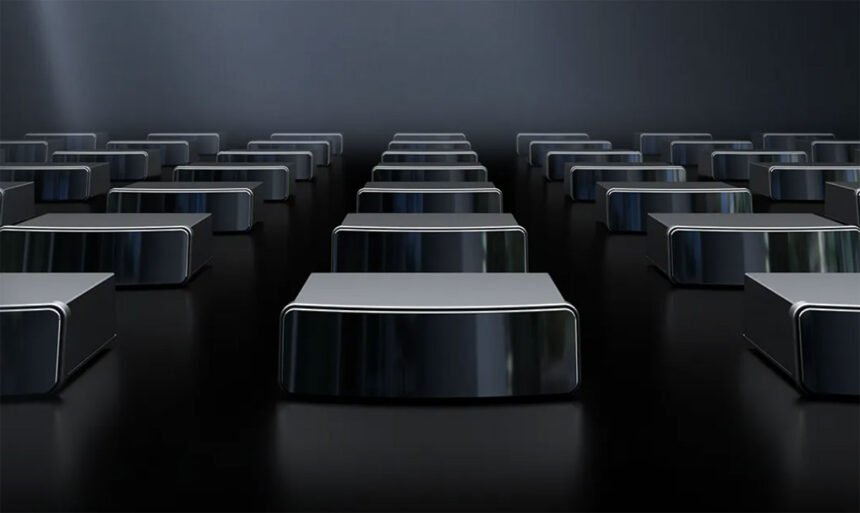RoboSense, a leading Chinese LiDAR technology company, has achieved a significant milestone in the automotive industry by delivering its one millionth automotive LiDAR unit. This accomplishment marks RoboSense as the first company worldwide to reach such a milestone, highlighting its dominance in the LiDAR market.
The company’s success can be attributed to the increasing adoption of LiDAR technology in electric vehicles (EVs) to enhance autonomous driving capabilities. RoboSense introduced its mass-producible M-platform ADAS LiDAR in 2019, with deliveries commencing in June 2021. These LiDAR products have become widely adopted and mass-produced globally, ushering the industry into the era of mass-produced smart driving.
In addition to its ADAS LiDAR offerings, RoboSense has expanded its business into the robotics LiDAR sector. The company has established partnerships with 30 global automakers and Tier 1 suppliers, including Geely Auto, SAIC Motor, GAC Group, FAW Group, and GAC Toyota. This strategic collaboration has further solidified RoboSense’s position as a key player in the automotive LiDAR market.
RoboSense’s market share in the passenger vehicle LiDAR market reached 26 percent in 2024, the highest globally according to a report from Yole Group. The company’s commitment to innovation and quality has resulted in a significant increase in sales, with 544,200 LiDAR units sold in 2024, representing a 113 percent growth from the previous year.
Of the total sales in 2024, 519,800 units were ADAS LiDARs, accounting for 95.52 percent of the sales volume. The remaining 24,400 units were sold for robotics and other applications, highlighting RoboSense’s diversification in the LiDAR market.
RoboSense’s continuous growth and innovation have positioned the company as a leader in the LiDAR industry, with a strong focus on delivering cutting-edge technology to drive the future of autonomous driving and robotics. With its one millionth LiDAR unit delivered, RoboSense continues to set the standard for excellence in automotive LiDAR technology.






